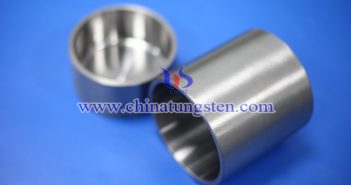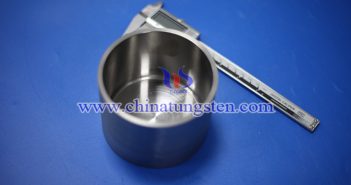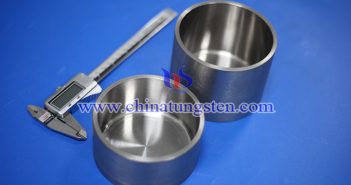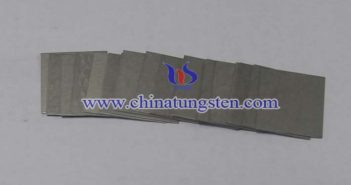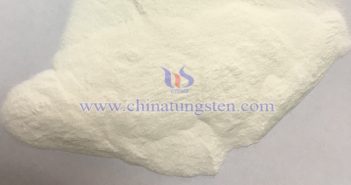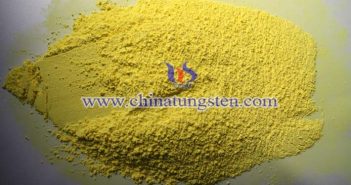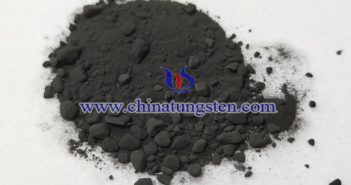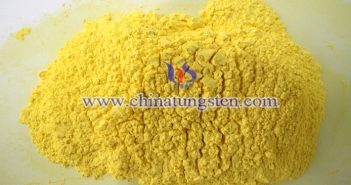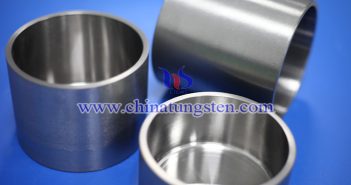
Single crystal growth is a key process for the preparation of high-purity and structurally perfect crystals, which are widely used in semiconductors, photovoltaics, lasers and optical devices, such as the preparation of silicon single crystals, sapphire single crystals and gallium arsenide single crystals. As a high-temperature container, tungsten crucibles are able to withstand extreme process conditions, ensuring stable and high quality crystal growth. Role in the growth of single crystals Single crystal growth is typically done using processes such as…

